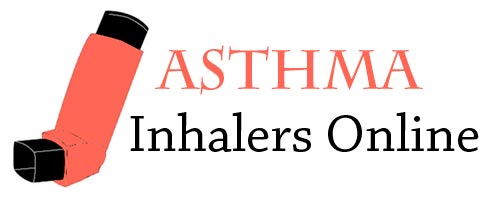Conscious Perception of Bronchospasm as a Protective Phenomenon in Asthma
It has been commonly accepted but poorly documented that in the presence of chronic asthma, patients may become adapted to the presence of their pulmonary dysfunction. They may, for instance, remain asymptomatic but taper their activities to a lower level; their degree of pulmonary dysfunction might possibly be grossly underestimated and their therapy less than optimal. In keeping with this apparent blunting of perceptive ability with longstanding dysfunction, one might expect the perception of further











